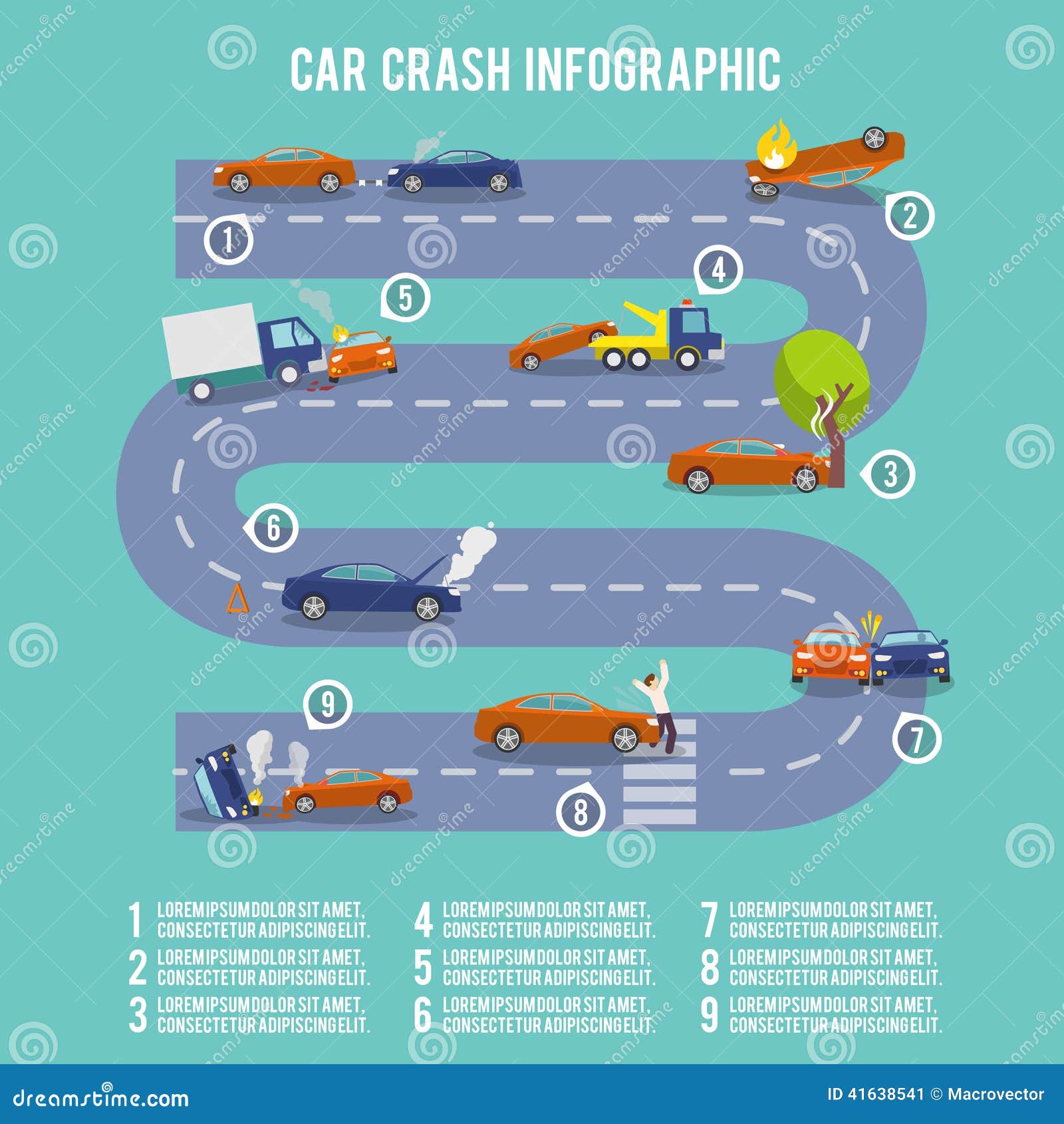Understanding Your Automobile'S Caution Lighting: What Do They Actually Mean?
Understanding Your Automobile'S Caution Lighting: What Do They Actually Mean?
Blog Article
Write-Up By-Vinson Stark
When you're behind the wheel, those radiant warning lights on your control panel can be a bit perplexing. Do you know what they're attempting to inform you regarding your automobile's wellness? Comprehending the relevance of these lights is vital for your safety and the long life of your vehicle. So, the following time one of those lights pops up, wouldn't you intend to decode its message precisely and take the needed steps to address it?
Common Warning Lights and Interpretations
Recognize common warning lights in your vehicle and comprehend their meanings to make certain risk-free driving.
The most regular warning lights include the check engine light, which indicates issues with the engine or exhausts system. If this light begins, it's important to have your lorry examined quickly.
The oil stress alerting light indicates low oil stress, calling for immediate focus to prevent engine damage.
A blinking battery light could suggest a defective billing system, possibly leaving you stranded if not resolved.
The tire stress monitoring system (TPMS) light signals you to reduced tire pressure, affecting car stability and gas efficiency. Neglecting this can result in harmful driving conditions.
The abdominal muscle light shows an issue with the anti-lock stopping system, endangering your ability to quit promptly in emergencies.
Lastly, the coolant temperature cautioning light warns of engine getting too hot, which can lead to serious damages if not settled swiftly.
Recognizing these common caution lights will certainly help you deal with issues immediately and preserve secure driving problems.
Relevance of Prompt Focus
Recognizing the typical caution lights in your automobile is only the initial step; the significance of immediately attending to these warnings can not be stressed enough to ensure your safety and security on the road.
When a caution light brightens on your dashboard, it's your vehicle's way of connecting a prospective problem that requires focus. Ignoring these warnings can cause a lot more serious problems in the future, compromising your security and possibly costing you extra out of commission.
Motivate attention to cautioning lights can avoid breakdowns and accidents. For example, a flashing check engine light can suggest a misfire that, if left unattended, could trigger damages to the catalytic converter. Addressing https://www.tirereview.com/economic-indicators-auto-repair/ can conserve you from a pricey fixing.
Similarly, a brake system cautioning light might signify low brake liquid or worn brake pads, essential parts for your security when driving.
Do It Yourself Troubleshooting Tips
If you notice a warning light on your control panel, there are a couple of do it yourself repairing suggestions you can attempt before looking for professional aid.
The first step is to consult your car's manual to comprehend what the details caution light indicates. Occasionally the problem can be as basic as a loose gas cap triggering the check engine light. Tightening the gas cap may solve the problem.
One more typical problem is a low battery, which can activate various cautioning lights. Checking https://marioupjex.blogadvize.com/39297288/mobile-cars-and-truck-outlining-convenience-fulfills-high-quality-for-your-automobile for deterioration and ensuring they're protected might deal with the problem.
If a caution light persists, you can try resetting it by separating the automobile's battery for a couple of minutes and afterwards reconnecting it. In addition, inspecting your lorry's fluid levels, such as oil, coolant, and brake liquid, can aid repair warning lights connected to these systems.
Conclusion
To conclude, comprehending your car's caution lights is necessary for maintaining your car running smoothly and safely. By immediately addressing these alerts and knowing what they suggest, you can avoid pricey repairs and possible malfunctions.
Keep in mind to consult your car's handbook for specific details on each warning light and do something about it accordingly to ensure a trouble-free driving experience.
Remain informed, remain secure on the road!
